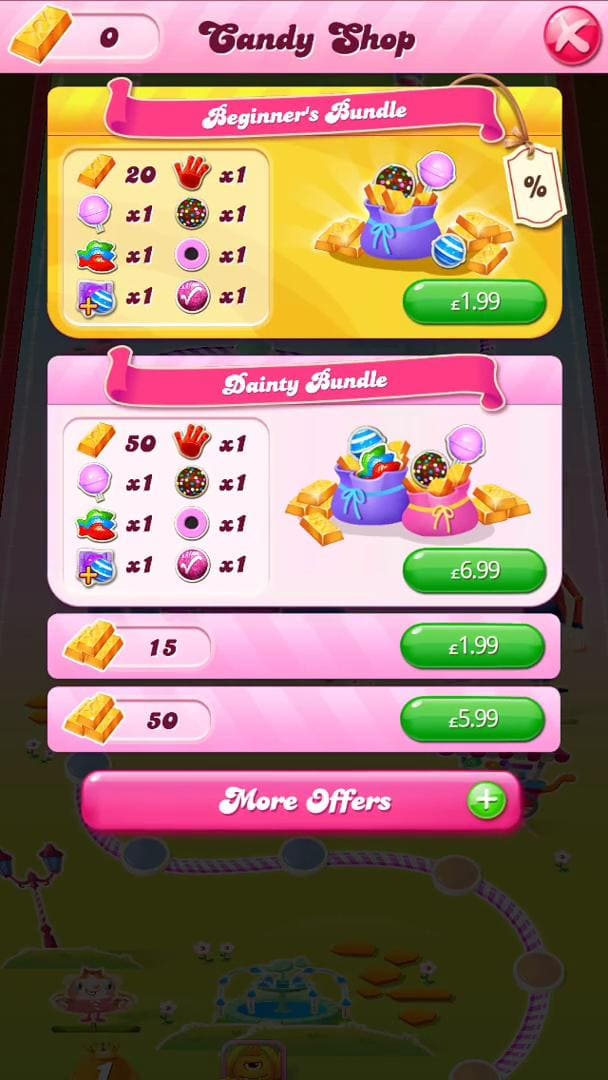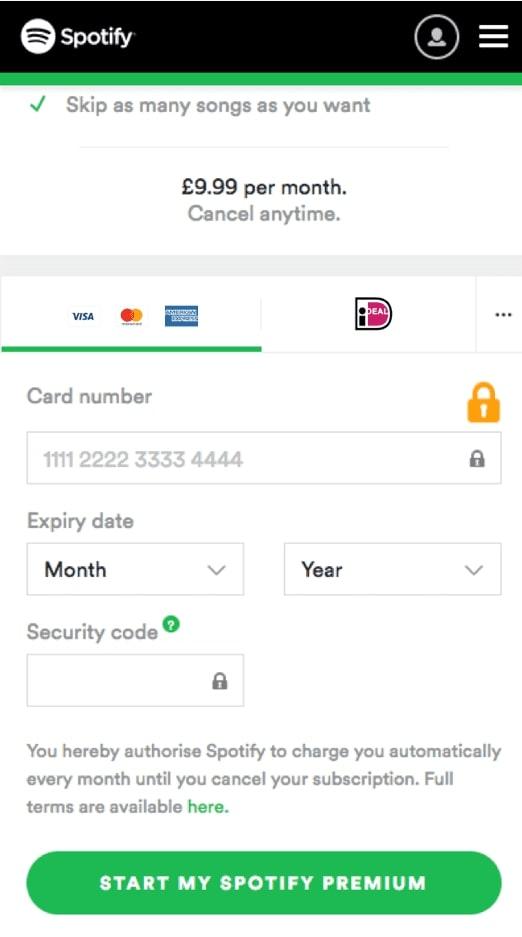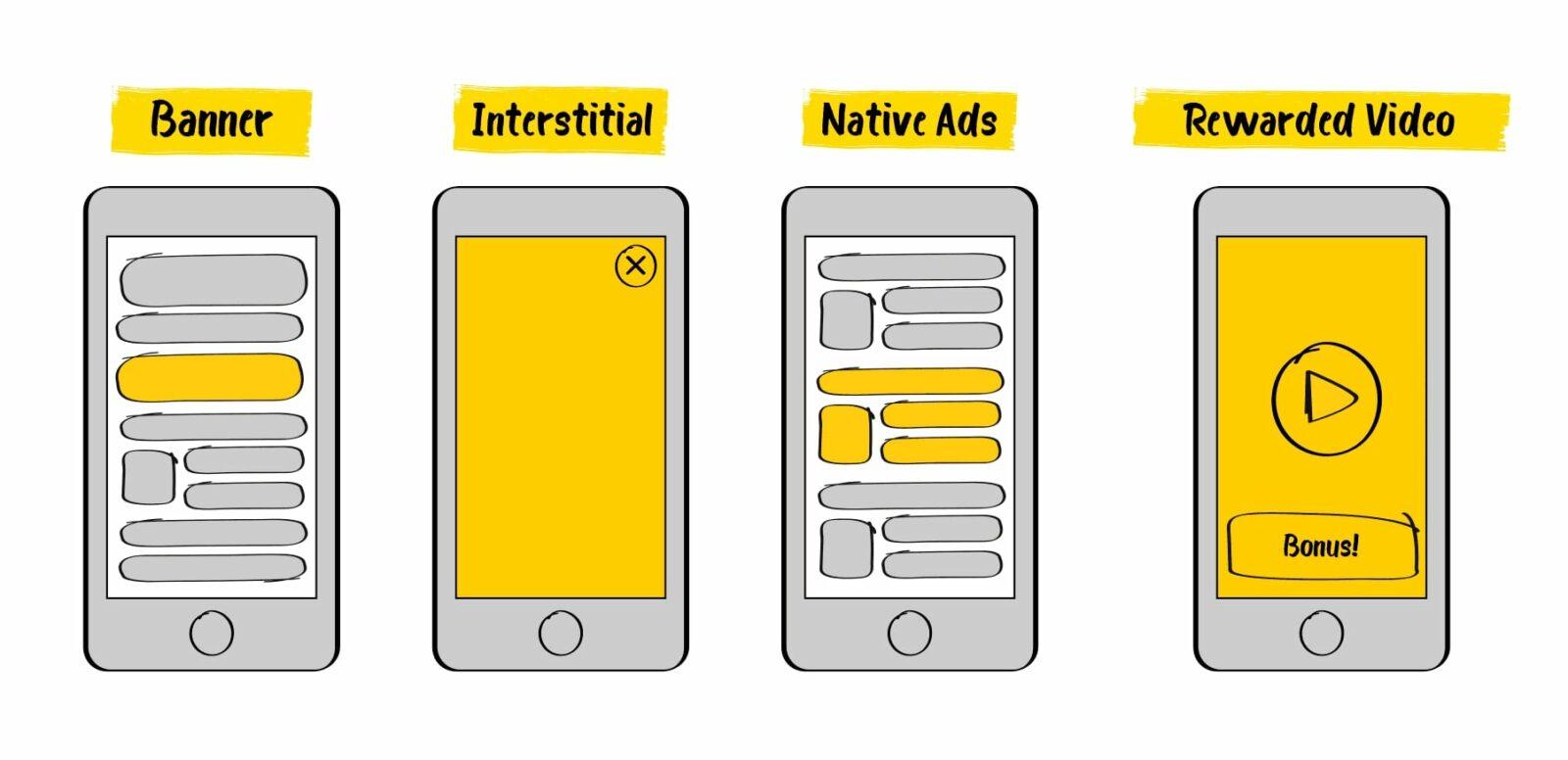
The mobile app monetization model you choose will influence its popularity and your profits. A properly selected monetization strategy can increase audience loyalty, attract new users, while an inappropriate one can alienate potential customers. In this blog post, we discuss how to monetize an mobile application: we’ll share the most popular app monetization process with the examples.
According to research, by 2022, global mobile app owners’ revenue will reach approximately $693 billion. Which monetization model to choose to profit from the application in the future? The most efficient options are in-app purchases, in-app subscriptions, the Freemium model, and ads.
Within this model, the application acts as a sales channel or online showcase. It is possible to sell virtual and real products or services, even access to content or new functions within the application. Since Apple introduced the in-app purchase model in 2009, more and more companies have adopted the approach – this monetization model accounted for more than 50% of mobile revenues in 2018-2019.

Example of in-app purchase in Candy Crush
However, accessing the products is not enough if you want to reach your audience. The shopping process should be comfortable. The application must consider the user experience and give customers good impressions from interacting with the application interface which other similar solutions and online stores cannot provide.
When choosing this monetization strategy?
When considering in-app purchase options, you should mind the difference between consumables and non-consumables. Consumables are temporary and limited purchases, while non-consumables are purchased only once. For example, in-game currency such as gems or coins is consumable, while unlocking a new level is a non-consumable purchase.
In this monetization model, application content is available with a paid subscription. A small part of the content is initially available for free on a trial basis; after some time, the user has to subscribe to use it.

Subscription in Spotify
This model is great for applications that provide quality content – video, audio, books, articles, etc. Business solutions, such as CRM systems and any other solutions that require the user to return to the application, may also be available by subscription. For example, Netflix, Spotify, and SalesForce use paid subscriptions.
You can make the application free to download, which will totally attract more users. The main thing is that the advertisement takes into account the needs of the potential audience. For example, a sports app aimed at men should not have ads for baby diapers or cosmetics – this reduces loyalty and does not work because you do not get paid per click. The placement of advertising should also be thoroughly considered to not interfere with the application’s use.

Examples of ad formats
Now let’s consider the most common in-app ad formats:
This is how we would recommend to monetize an app. The name Freemium comes from the merger of two words – Free and Premium. Therefore, this monetization model provides opportunities for users of different versions of the application – from Free to Premium. Downloading and using the basic functionality of the application due to the Freemium model is free. If the user wants to get additional features, content, and subscription, they will have to pay.
Unlike paid download, Freemium is much more profitable – it allows users to try the product before buying. According to a recent Clutch’s report, over 61% of app developers recommend implementing Freemium. This model is already successfully used by Evernote, Dropbox, MailChimp, and many others.
To ensure you are getting the most revenue without spoiling the user experience, you need to create an overall strategy and try multiple techniques mentioned above. For example, you can try running ads while offering users the option to pay for an ad-free experience.
And while you are figuring out how to monetize an app and build your perfect monetization strategy, our team can take care of the mobile app development issues. Contact us if you have any questions or need development assistance.